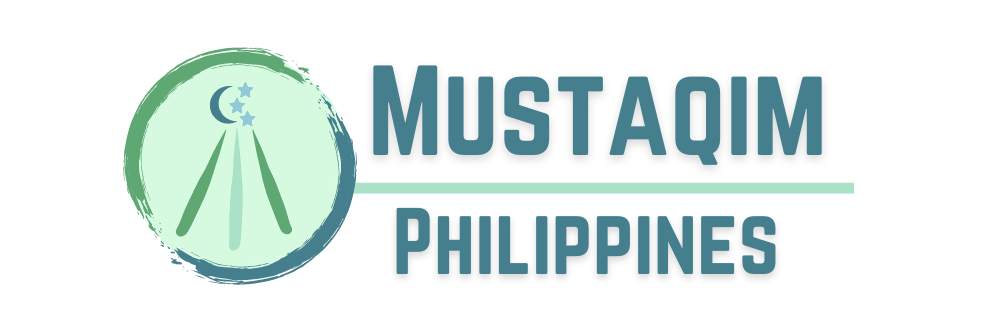Creating a better future perhaps would be the biggest challenge the New Reality world is facing. In the global community with the emergence of a multigenerational population – propelled mainly by Millennials and Gen Zs, varying causes, advocacies and a more united voice emerges as well.
But how do we simplify these rather general concepts, more popularly known nowadays as DEI. Diversity speaks of all the ways in which people differ – race, age, nationality, ethnicity, culture, gender identity, physical and mental ability, education, experience, beliefs, political views, citizenships, location, marital status, socioeconomic status, and the list goes on. A deeper meaning of diversity however would not delve on what makes people different, rather more about understanding, accepting and valuing those differences. Equity is about creating fair access, opportunity and advancement for all people despite their differences. Inclusion is the extent to which people feel a sense of belongingness and value within a given setting.
How do we promote these concepts to children?
In terms of diversity, we know that young people are born without the cultural biases we carry as adults. It is important that in their formative years, they are able to recognize and respect people’s differences. When they notice differences such as appearance, abilities and preferences of other people, it would be necessary to provide responses to inquiries without biases, emphasizing that differences make each individual special and that together could build stronger teams and societies. It is also recommended to provide logical and objective historic or cultural background as a foundation of a child’s understanding.
Accepting diversity will eventually lead children to inclusion. Even young people should be able to understand the concept that everyone’s contributions and presence are not just invited but are valued.
Teaching kids about equity is related to the culture of belonging, where diversity is respected and everyone feels included. Apart from these however, it should be a component as well that each one feels addressed.
Incidentally, efforts in addressing human needs however is not a one size fits all strategy. The goal would be that the individual can thrive and the group reaps the benefits of a contributing individual.
As we venture into the near future, we should cultivate safe places where all children will feel belonging, along with the goal of raising empowered, respectful young citizens who value people of all backgrounds.
